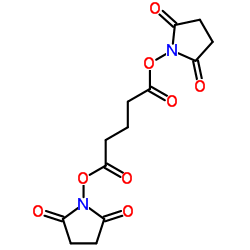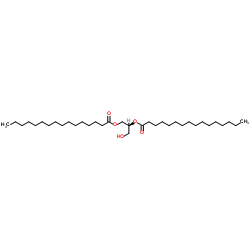| 结构式 | 名称/CAS号 | 全部文献 |
|---|---|---|
 |
胆固醇
CAS:57-88-5 |
|
 |
双琥珀酰亚胺戊二酸酯
CAS:79642-50-5 |
|
 |
1,2-双棕榈酸甘油酯
CAS:30334-71-5 |